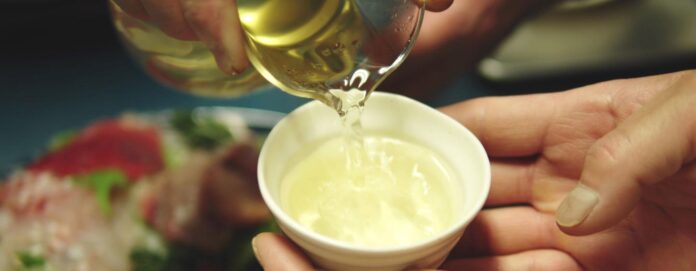The UNESCO committee responsible for safeguarding Intangible Cultural Heritage is currently meeting in Asunción, Republic of Paraguay, until Saturday, to add new entries to the UN culture agency’s list of global treasures.
With over 700 inscriptions so far, the Convention for the Safeguarding of the Intangible Cultural Heritage aims to raise awareness at local, national, and international levels.
Maintaining cultural diversity
The meeting in Asunción, which is the most recent annual gathering of the committee, is crucial in preserving cultural diversity amid the challenges of globalization. Being inscribed on the list comes with the promise of international assistance and support.
In recent years, UNESCO has played a significant role in redefining cultural heritage. Now, the term includes traditions, oral expressions, performing arts, social practices, rituals, festive events, and the knowledge and skills involved in traditional crafts.
“The Convention has transformed our understanding of heritage – now we can’t separate the tangible from the intangible, the sites from the practices”, said Audrey Azoulay, UNESCO Director-General.
“It is our responsibility to promote this heritage, which is very much alive and needed in today’s reality, far from being mere folklore frozen in time.”
Sake-making with koji mold in Japan
Sake, an alcoholic beverage made from grains and water, plays a significant role in Japanese culture in festivals, weddings, and other socio-cultural events. Craftsmen use koji mold to convert the starch in the ingredients into sugar, overseeing the process to ensure optimal conditions for mold growth by adjusting temperature and humidity.
Intore, Rwanda
Intore, a dance troupe in Rwanda, is a central part of community events and festivals, depicting warriors on a battlefield with movements, songs, and poems of triumph.
© UNESCO/Faustin Nkurunziza, Rwanda
Intore, a Rwandan dance.
The dancers mimic a battle with invisible enemies, leaping and wielding spears and shields to the rhythm of drums and horns, showcasing power.
Taif roses, Saudi Arabia
In the Taif region of Saudi Arabia, rose practices are crucial for social and religious rituals, providing an important source of income for communities.

© UNESCO/Saleh Althobaiti/Heritage Commission, Saudi Arabia
A local girl from Taif, Saudi Arabia, wearing the traditional dress of the region.
During the harvest season, farmers and families pick roses in the morning, selling them at local markets or distilling them in their homes. Rose water and essential oil are used in beauty products, traditional medicine, food, and drinks.
Craftsmanship of Aleppo Ghar soap, Syria
In Syria, Aleppo ghar soap is made with locally produced olive and laurel oil using traditional knowledge and skills in a collaborative process.

© UNESCO/Syrian Trust for Development
The crafting of Syrian Aleppo ghar soap is based on traditional knowledge and skills.
Ingredients are cooked, poured in traditional soap factories, cut into cubes using body weight and a rake, stamped with family names, and air-dried.
Thailand’s Tomyum Kung soup
Tomyum Kung, a traditional prawn soup in Thailand, combines herbs, local condiments, and prawns, with sweet, sour, spicy, and bitter flavors. It is believed to promote energy and wellness, embodying culinary wisdom of Buddhist communities.
The art of decorating eggs

© UNESCO/Yuriy Atamaniuk
Pysanka, the Ukrainian tradition and art of decorating eggs.
Applying traditional patterns and symbols with wax, then dyeing, is a tradition in Ukraine and Estonia, symbolizing Easter and community regardless of religion.
Henna: rituals, aesthetic and social practices

© UNESCO/Department of Culture and Tourism, Abu Dhabi, United Arab Emirates
Applying henna in celebration of Eid, United Arab Emirates.
Henna, used for adornment by women in Northern Africa and the Middle East, is a symbol of joy and is part of celebrations, births, and weddings.
Equestrian art in Portugal
Equestrian art in Portugal emphasizes harmony and connection between rider and horse, featuring Lusitano breed horses, showcasing respect for the animal and its well-being in social events.

© UNESCO/Rita Fernandes
Female horse rider in Golegã dressed in Portuguese style.
Additional Support
During this week, the Wosana ritual in Botswana and the Reog Ponorogo art in Indonesia were added to the List of Intangible Cultural Heritage in Need of Urgent Safeguarding.
Visit UNESCO’s website to explore close to 700 elements inscribed on its Lists of the 2003 Convention through their interactive multimedia portal.




